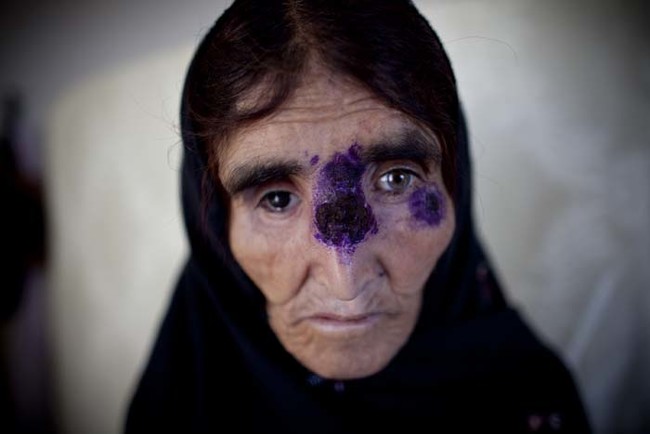Вознемирувачко фото: ИСИС шири смртоносна болест

Исламската држава убивајќи луѓе и оставајќи ги нивните тела по улиците во Сирија се проширила болеста лишманиоза од кое умираат се повеќе луѓе. Смртоносниот паразит кој „јаде човечко месо“ е се честа појава во руралните делови на Сирија каде ИД ги остава телата на покојниците, пишува „Хафингтон пост“.
Станува збор за болест која покажува дека грижата за здравјето во таа земја под влијание на војната паднала на исклучително ниско рамниште.
– Појавата на лишманиоза е резултат на одвратните и бизрани дела кои ги прават припадниците и војниците на Исламската држава, кои убиваат невини луѓе и ги оставаат нивните тела по улиците – изјавил за курдските медиуми тамошниот шеф на курдската хуманитарна организација.
– Претходно не сме знаеле за оваа смртоносна болест. На боиштето сме речиси 4 години и сега таа почна да се шири во кризните подрачја – изјавил еден курдски борец за медиумите.
Лишманијазата е честа појава во Сирија поради која на заболените луѓе им се распаѓа месото на телото. Се претпоставува дека главни причинители на оваа заразна болест се паразитите кои се развиваат во распаднатите тела на луѓето, а тие паразити до здравите луѓе ги пренесува мувата.
Иако ова е болест која е можно да се лекува, во Сирија поради војната тоа е голем проблем. според податоците на Светската здравствена организација, забележани се 1,3 милиони нови случаи од оваа болест, и околу 30.000 смртни случаи годишно.







